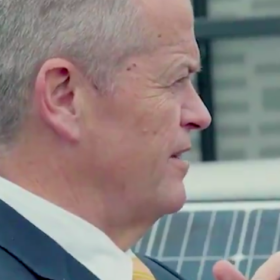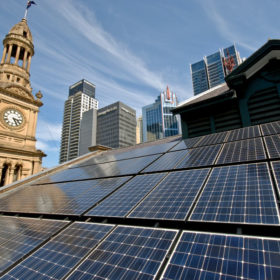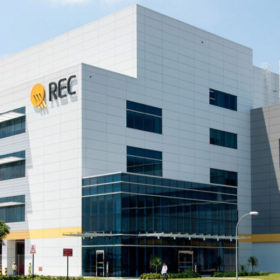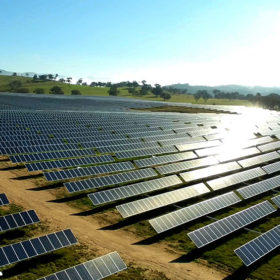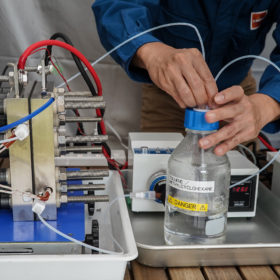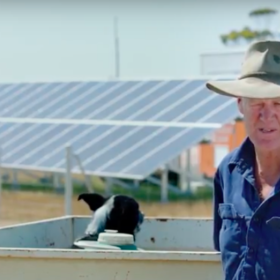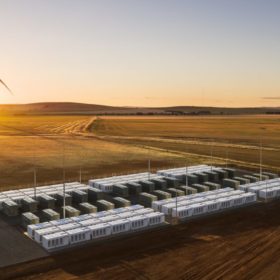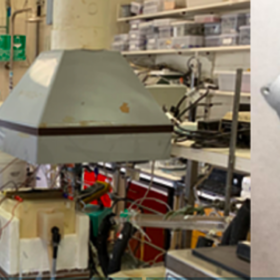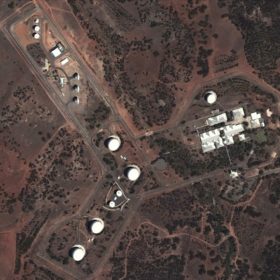Ausgrid, Reposit Power launch VPP trial in NSW
The solar households which choose to participate in the trial will receive direct cash payments of up to $135 per year, depending on the size of their battery system.
Labor unveils climate policy package with 50% EV target by 2030
A new major aspect of Labor’s climate policy announcement on Monday was a national electric vehicle (EV) target with half of the cars on the Australian roads to be electric by 2030, and fuel emissions standards for all vehicles.
City of Sydney sets 100% renewables target
With solar panels already installed on dozens of its buildings, the City of Sydney has upped the ante with the goal to source 100% of its electricity needs from solar PV and wind. The commitment has been endorsed by Council this week, and a new 100% renewable electricity contract will be negotiated in the coming months.
REC Group rejects Hanwha Q Cells’ allegations in Australia
The Norwegian solar panel manufacturer says Hanwha Q Cells did not provide full particulars of its allegations despite REC Group’s requests and went ahead to commence proceedings in the Federal Court of Australia.
Solar supplies more power than brown coal or gas
Solar has grown so much that its output exceeded brown coal and gas over the summer months, between 9am to 5pm. New analysis by Green Energy Markets shows that across the whole of summer, renewable energy produced 128% more megawatt-hours of electricity than gas and 23% more than brown coal.
Queensland sends first green hydrogen shipment to Japan
Green hydrogen has been exported from Australia to Japan, under a trial executed by researchers from JXTG, Japan’s largest petroleum conglomerate, using Queensland University of Technology’s cutting-edge solar cell facility at the Redlands Research Facility on the Gold Coast. On top of that, the Queensland government has announced $250,000 in funding towards the establishment a renewable hydrogen production pilot plant.
Government unveils $50 million pot to power remote communities
The Coalition government has announced funding to support up to 50 off-grid and fringe-of-grid feasibility studies investigating whether building a microgrid can be a cost-effective solution. The studies will also look at whether existing off-grid capabilities can be upgraded with more up-to-date technology.
Strong support for South Australia’s 100% renewables target
New polling from The Australia Institute shows that almost 70% of South Australian voters regardless of political leanings want to see the state transition to 100% renewable energy by the year 2030.
Making metals with renewable energy
Mining and metals company Element 25 has obtained funding from the Australian Renewable Energy Agency (ARENA) to evaluate manganese production powered by wind and solar energy. By increasing renewable energy penetration potentially up to 90%, the company is set to improve the economics of its production process.
Australia starts producing solar powered signals intelligence
A 1.2 MW solar array has been powered up at Western Australian “spy station” near Geraldton. The array aims to take pressure off the region’s ageing power grid.


